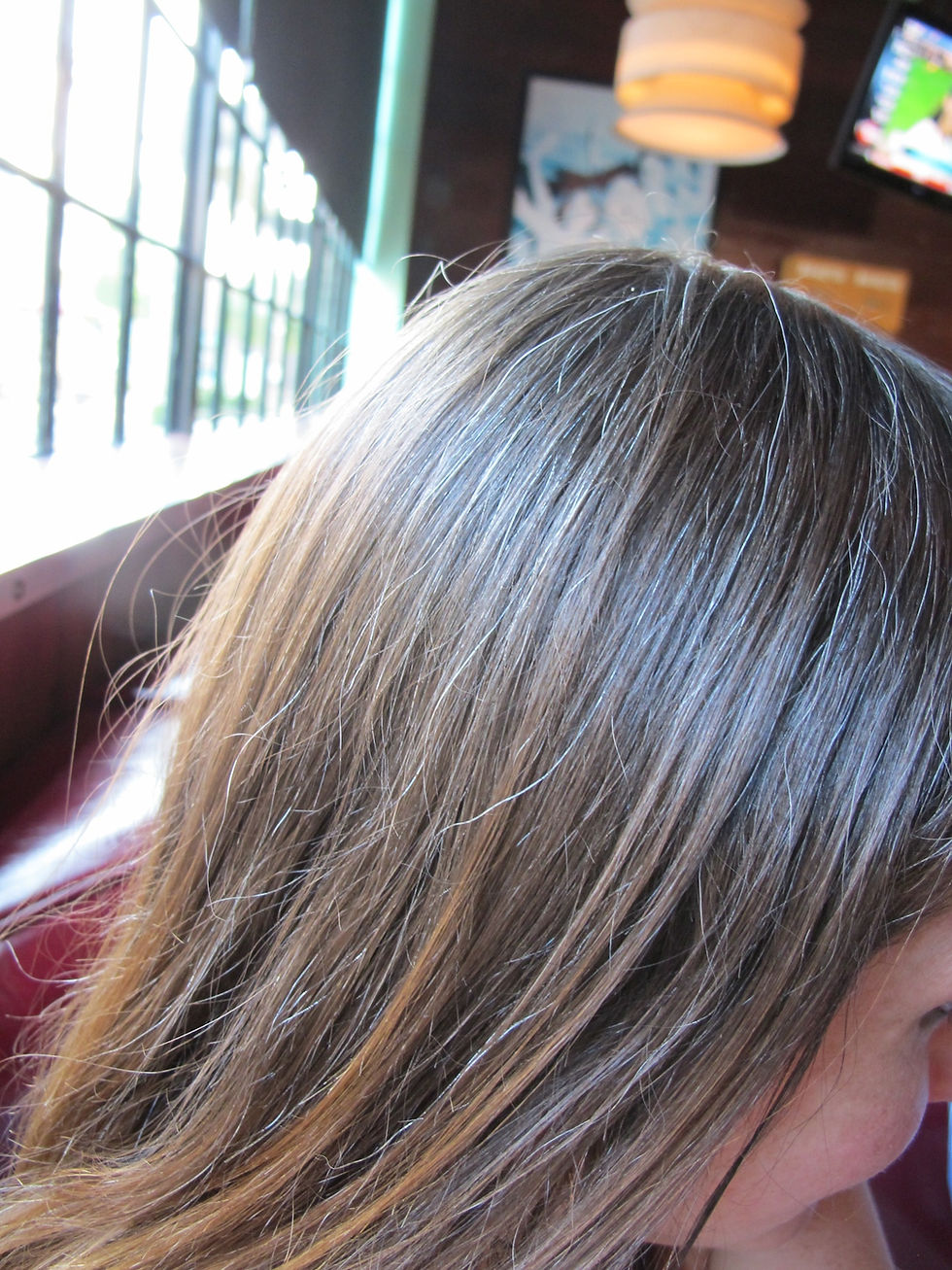Scurvy and the Human Diet: An Evolutionary Flaw
- Joanne Lee
- Jan 7, 2022
- 4 min read
By: Eliana Zhang
Long-time adversaries of Britain may remember that a certain disease regularly disabled British ships in the age of the country’s maritime expansion. Anglophobia aside, however, even Britain’s enemies had their men present with the bleeding gums and bruised skin typical of the disease -- it goes without saying that scurvy generally plagues humanity on an equal basis, and scurvy exemplifies it with the way it presented the massive defect in the human physiology called “vitamin deficiencies.” It’s really scurvy that proves, more than anything, that we were not the product of intelligent design.

One look at the deceased British sailors will tell you that vitamin C is inarguably important for one’s happy and healthy life, but just how important is it? Well, under the alias of ascorbic acid, it assists at least eight enzymes, including three that are necessary for the synthesis of the most abundant protein in mammals: collagen. In the absence of vitamin C, you get the absence of collagen, which is the most abundant protein because it is the main structural protein for the connective tissues of your everything-- skin, muscles, blood vessels, you name it. So, without vitamin C, your tissues start to fall apart. You get bleeding gums. Brittle bones. Your wounds stop healing. And eventually, you will die.
If you find yourself in a position where acquiring fresh fruits and vegetables on a daily basis is no problem for you, that is a relief. Don’t worry about scurvy. But despite how much one may think that we have progressed so much since those dark times centuries ago, many aren’t in such a position. The knowledge may be there but if circumstances force our hands, vitamin C (or lack thereof) continues to be a nuisance. Why don’t we see other animals suffer to the tune of the annoyingly needy diet humans have to sustain? As the joke goes, plants can survive growing out of a crack in the concrete, cows eat pretty much nothing but grass, and even most dog food is just meat and rice. How can they live on such meagre foods and not get sick? It’s simple: they make their own. In fact, nearly all animals on Earth make their own vitamin C in the liver, and it is actually us primates that are weird in our need for dietary vitamin C.
Considering the widely accepted theory of a common evolutionary ancestor-- in which all life on Earth resulted from divergent evolution and thusly distinct descendent lineages have a same ancestral origin -- it is clear that human bodies may fail to make many of the nutrients we need to survive, but it wasn’t always this way. Somewhere in the past, when we were branching off from the other, “normal” animals, our livers actually lost the ability to make vitamin C. It turns out that we actually have all of the genes required for vitamin C synthesis, except that one of them is broken. This broken gene-- known as GULO-- codes for an enzyme needed for a key step in the manufacture of vitamin C. Somewhere along our evolutionary line, the GULO gene mutated to the point of nonfunction. But how did the organisms carrying it even survive to reproduce and deliver their genes to the new generation? Well, if this disrupting mutation happened in a primate who, say, already had a lot of vitamin C in their diet, then who could say how much trouble a malfunctioning GULO gene would pose to their life? And what foods contain a lot of vitamin C? Citrus fruits. Which are where? Tropical rainforests. And where do most primates live? Yeah.
So, the loss of a DIY vitamin C was fine by them, and the mutation continued because it wasn’t necessarily harmful with such a lifestyle. We can actually still recognize the GULO gene because the majority of its code is the same as in other animals with just a few mutated parts. It’s just like a car without gas: it won’t work despite most of it being the same.
Interestingly, human bodies have attempted to compensate for the lost ability to make vitamin C by increasing the dietary absorption of it. Animals who make their own vitamin don’t exactly need to absorb it from their food, but humans need to absorb dietary vitamin C at a much higher rate. But although we’ve learned that we need a balanced and diverse diet full of leafy greens and… limes… and even though we are better at extracting vitamins from food, we still haven’t fully compensated for this malfunction. In the days before fresh food was readily available to those on land and at sea, death by scurvy was common. It’s prudent to remember that we are still in those days.
What did you learn?
What are some symptoms of scurvy? Because scurvy results from a vitamin C deficiency, collagen, which requires vitamin C to be created, cannot be manufactured. The absence of this main structural protein results in the breaking down of tissues like skin, muscles, and blood vessels. As a result, those afflicted with scurvy experience bleeding gums, bruised skin, brittle bones, poor wound healing, and eventually, death.
Why did humans stop producing vitamin C? A random mutation occurred to the GULO gene, which helps to manufacture vitamin C, and as a result, the GULO gene became nonfunctional. At this point, primates were likely living with a diet full of vitamin C in the rainforest and subsequently were not particularly inconvenienced with an evolving inability to manufacture their own. As time passed, these primates passed down their genes and the GULO mutation all the while one group of them evolved into today’s humans. Though we may struggle with maintaining a diet full of vitamin C now, humans have compensated for it somewhat with their increased absorption efficiency for it.
Citations:
Image Credit:




Comments